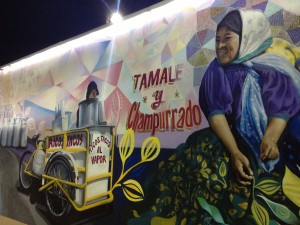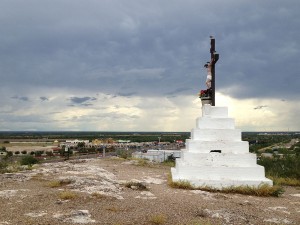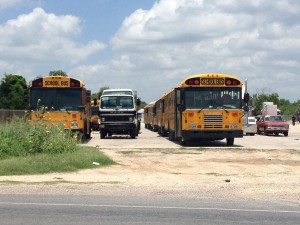Last stop, El Paso and Ciudad Juarez
|
I’m going to admit now. There is no way to describe El Paso in a single blog but I’ll try my best. With close to one million residents, El Paso is the biggest city on the Texas side of the border. But it’s also filled with many contrasts making it one of the most complex and intriguing. The border city is home to four international bridges and one international railroad crossing.


